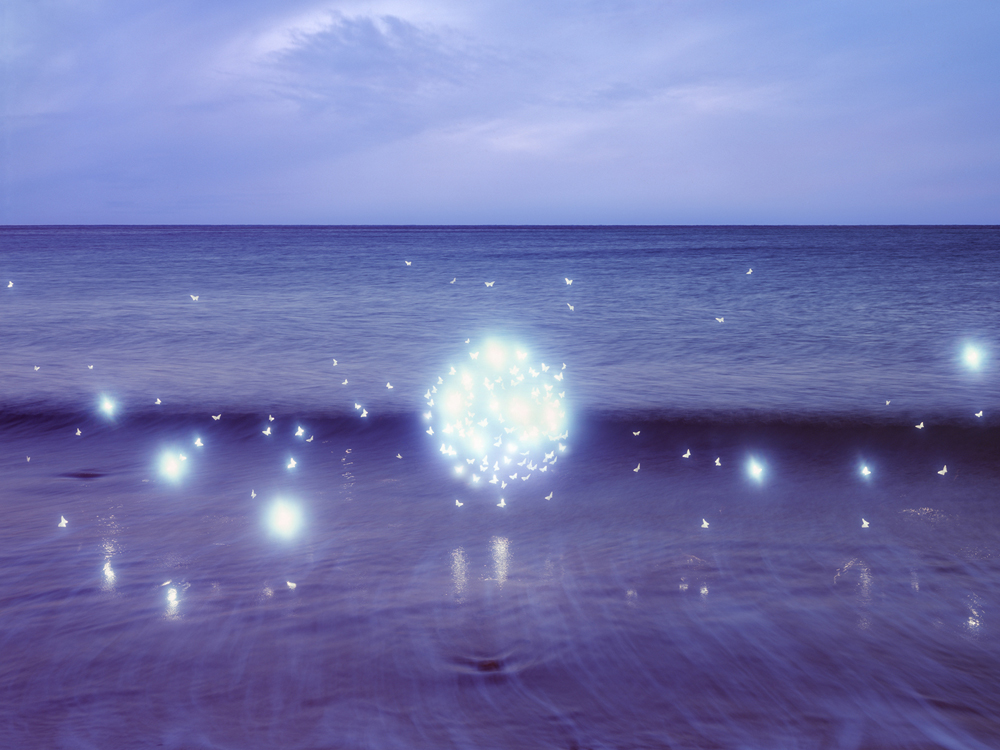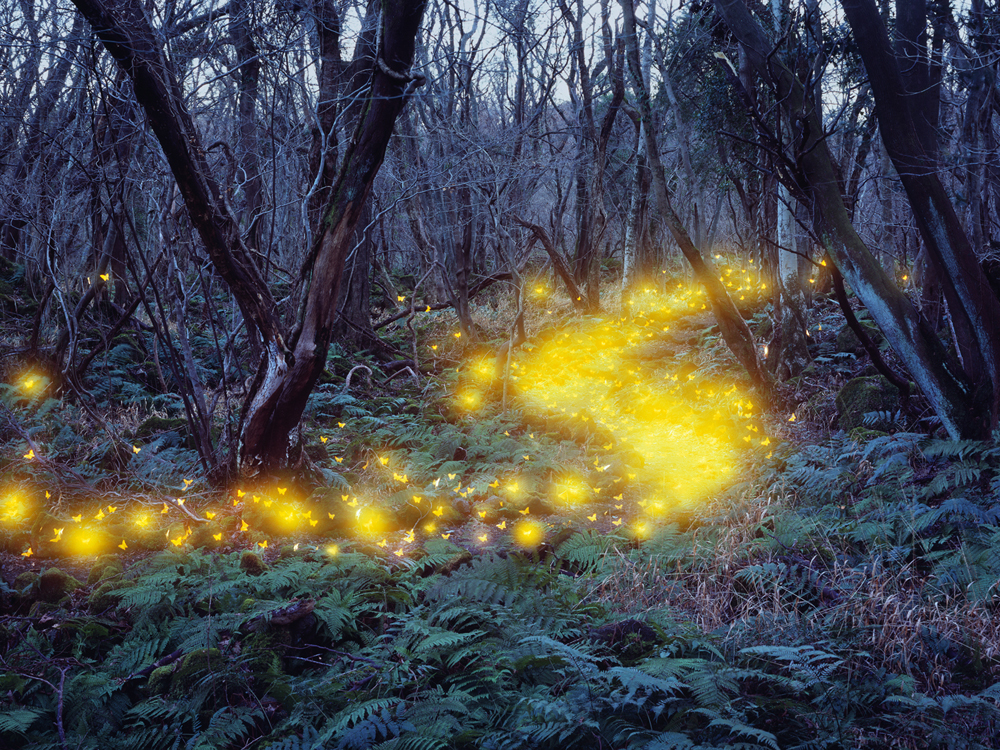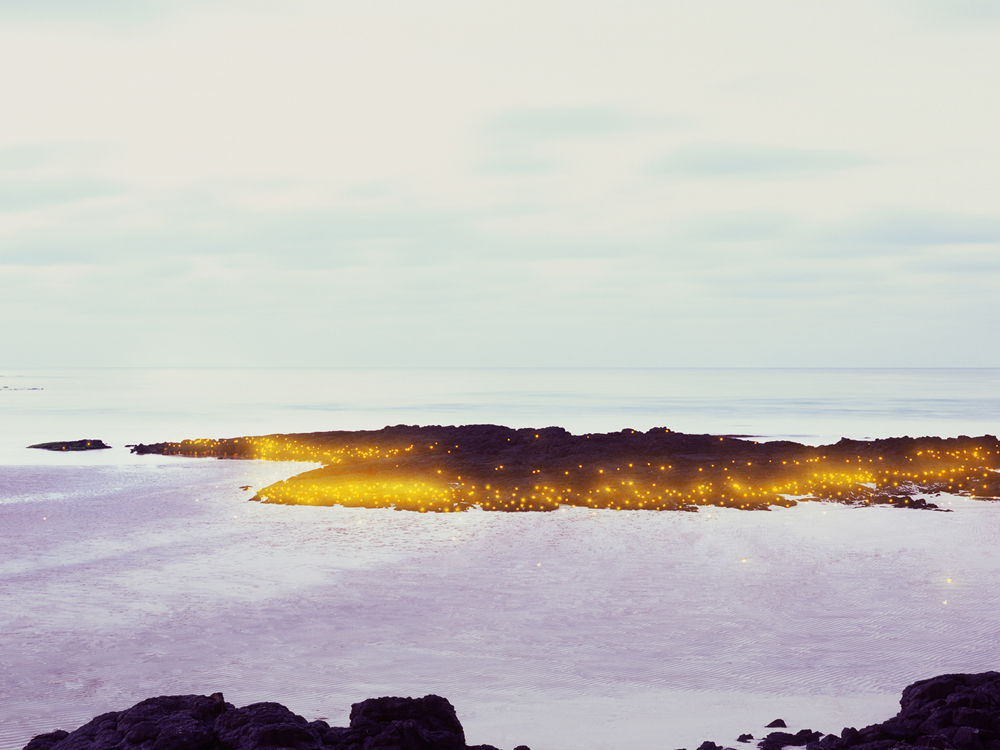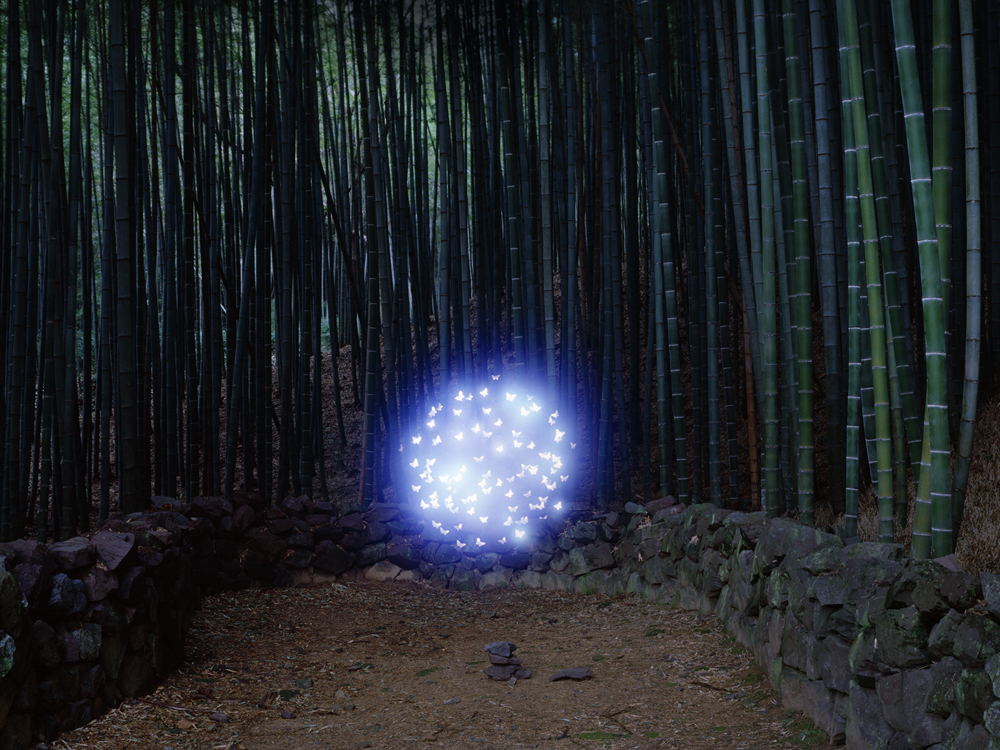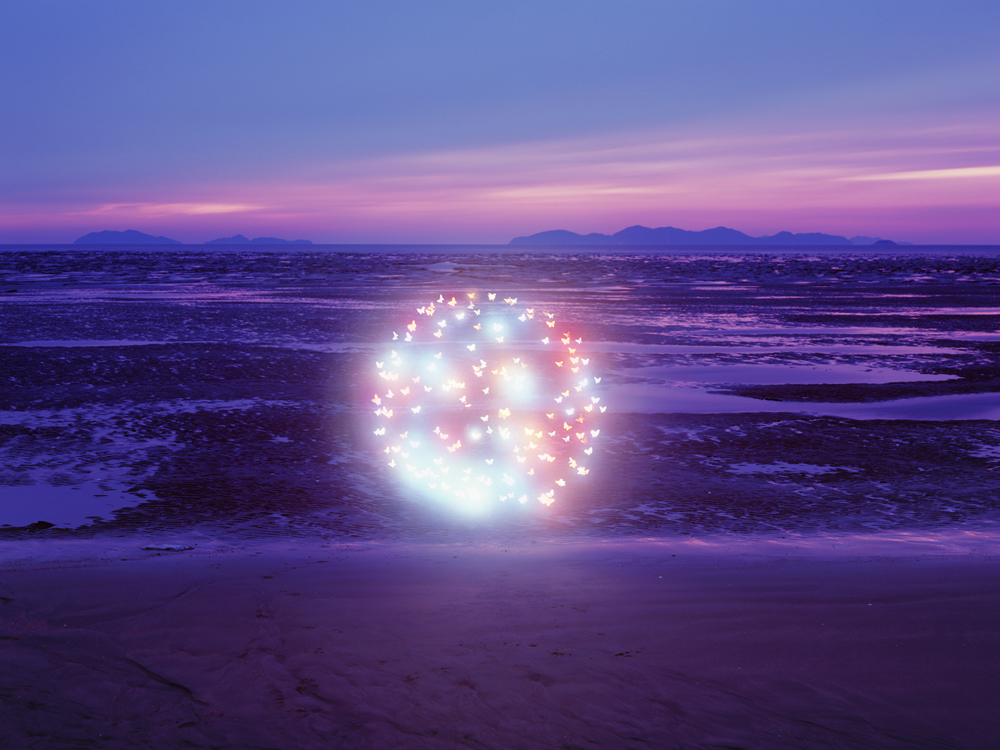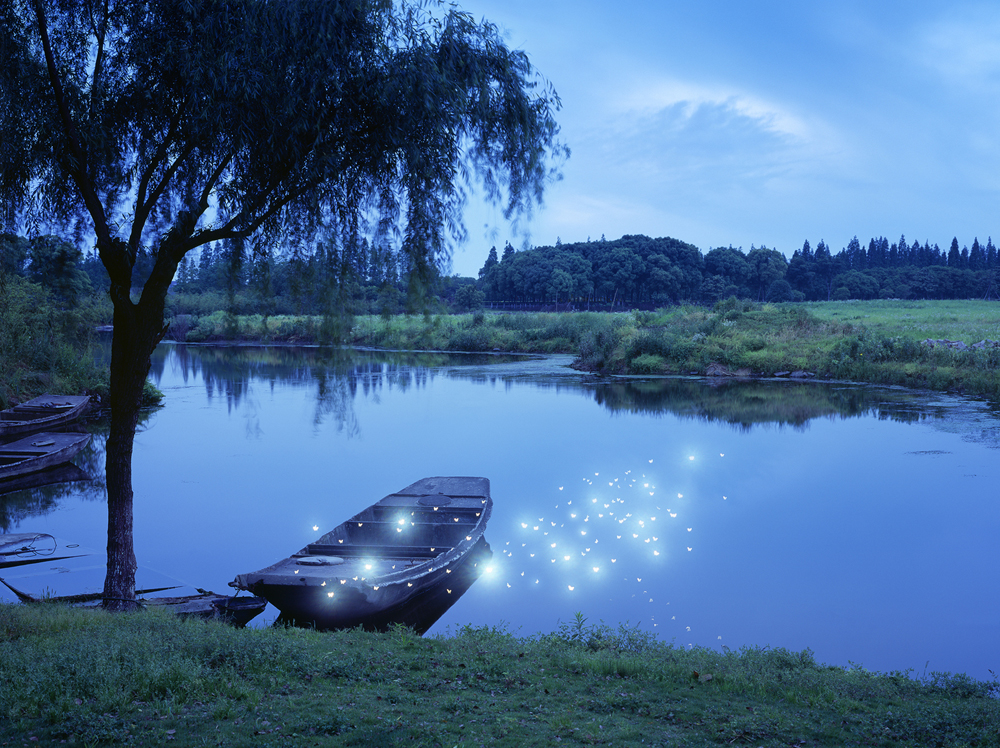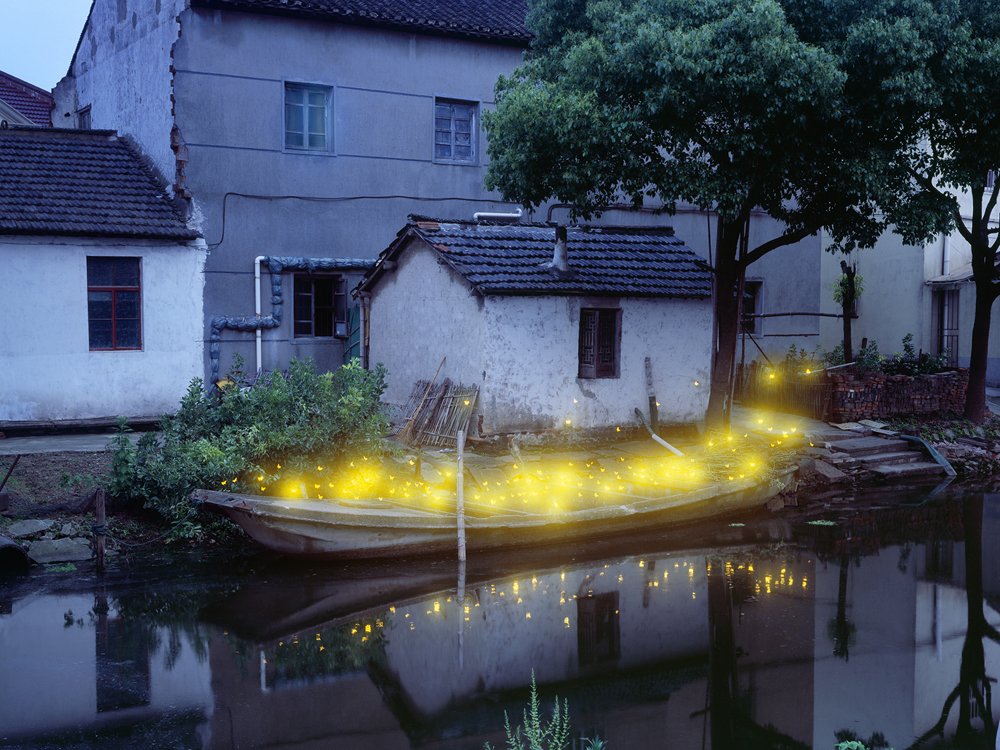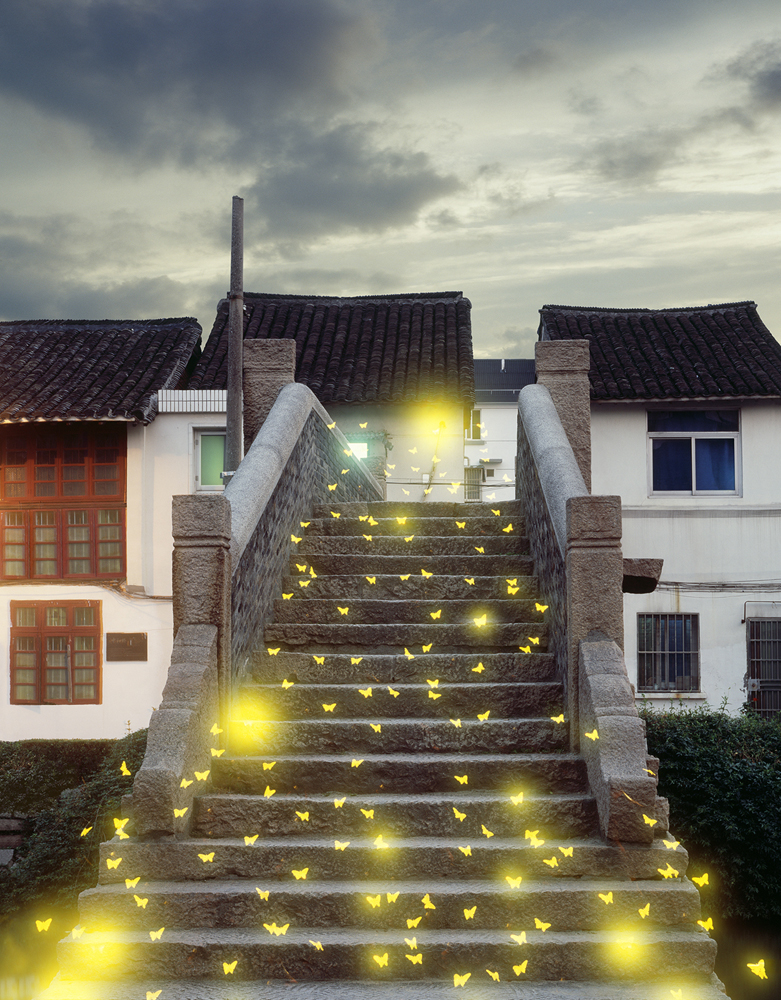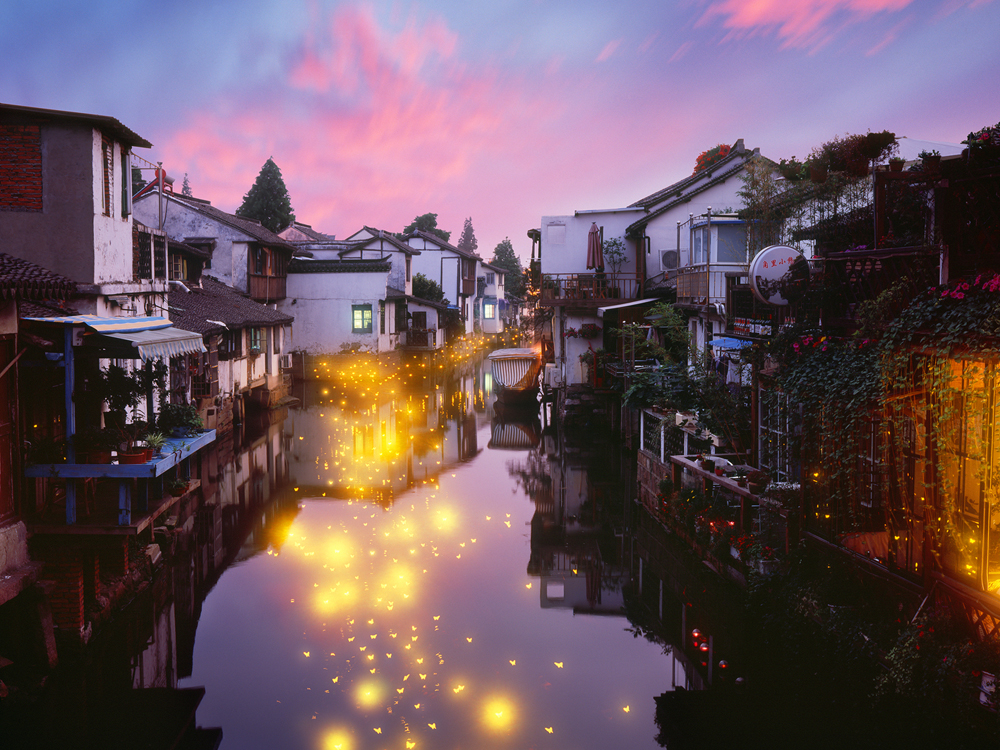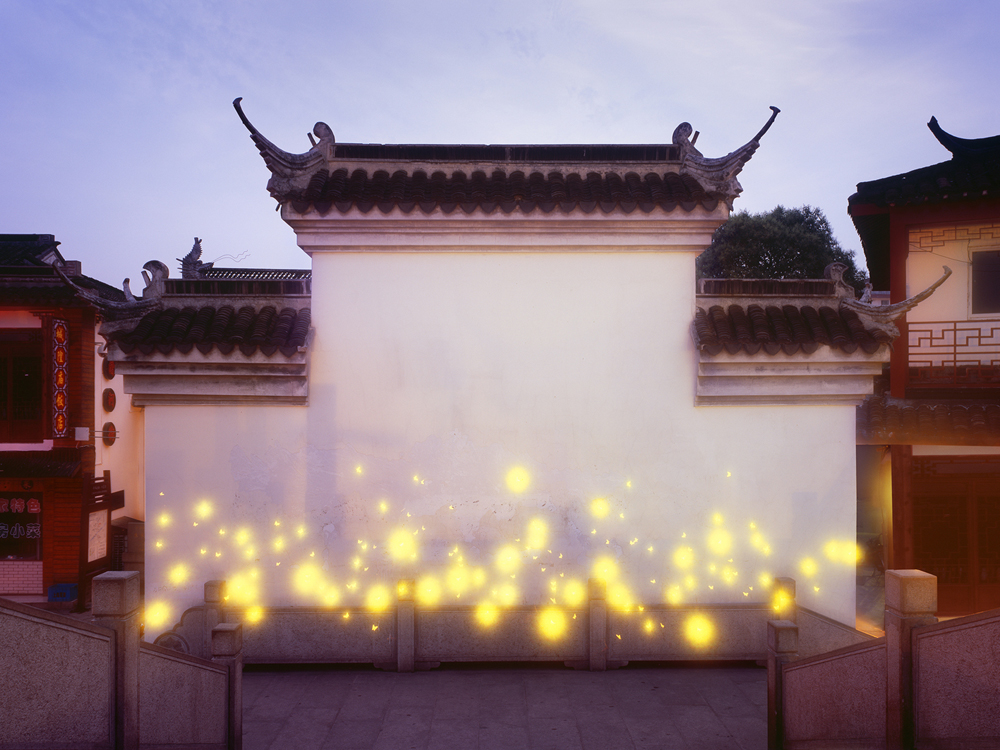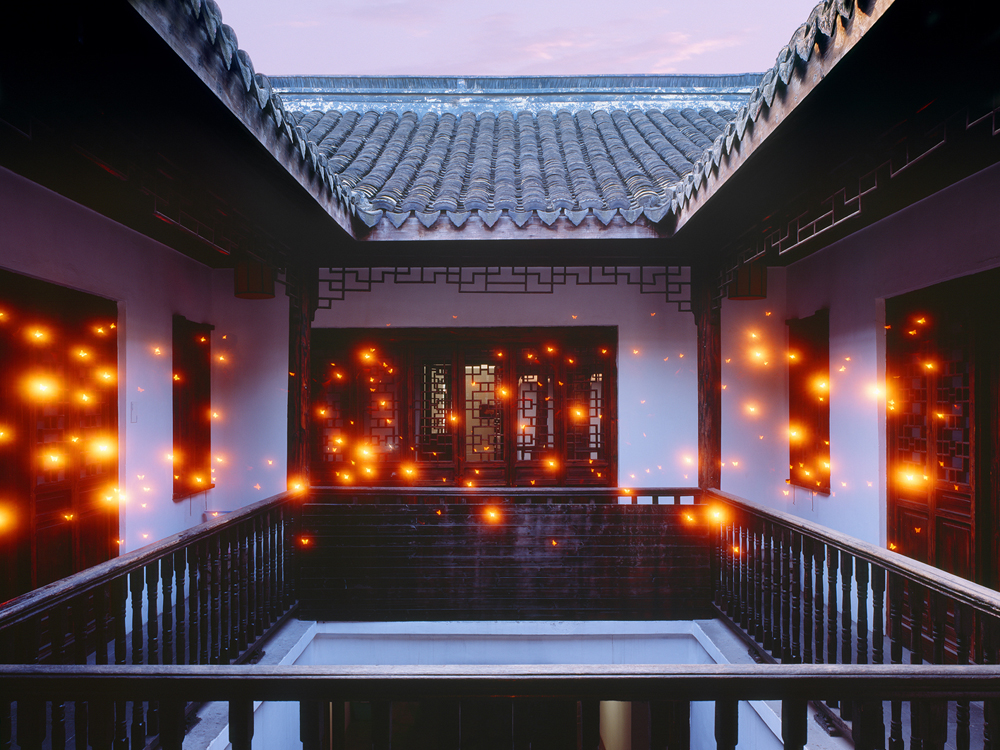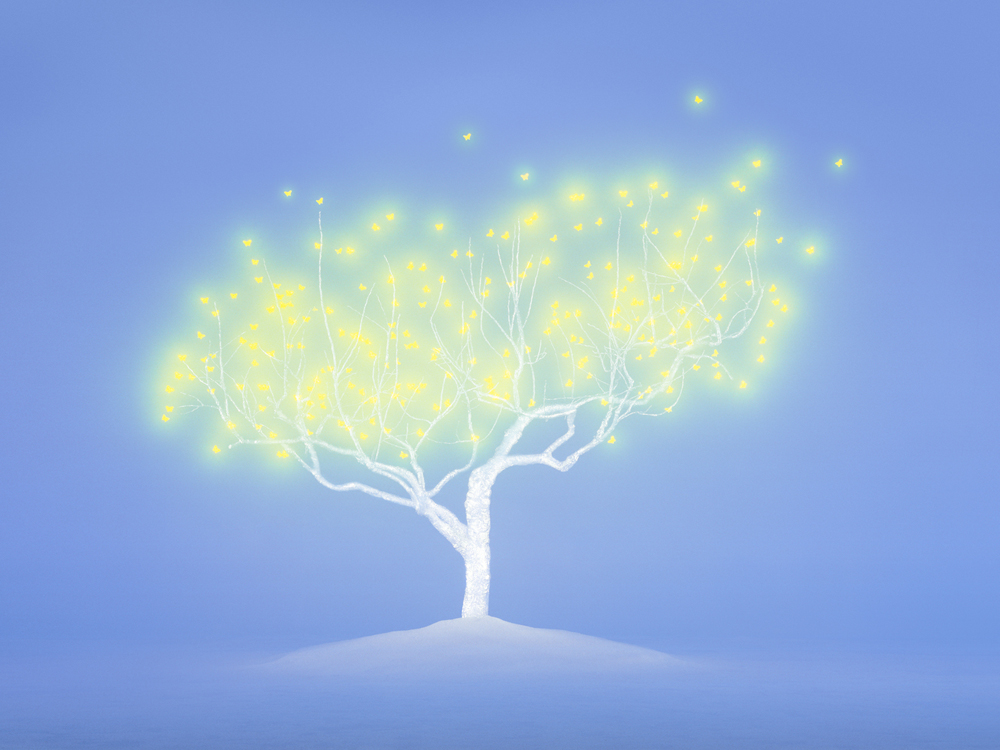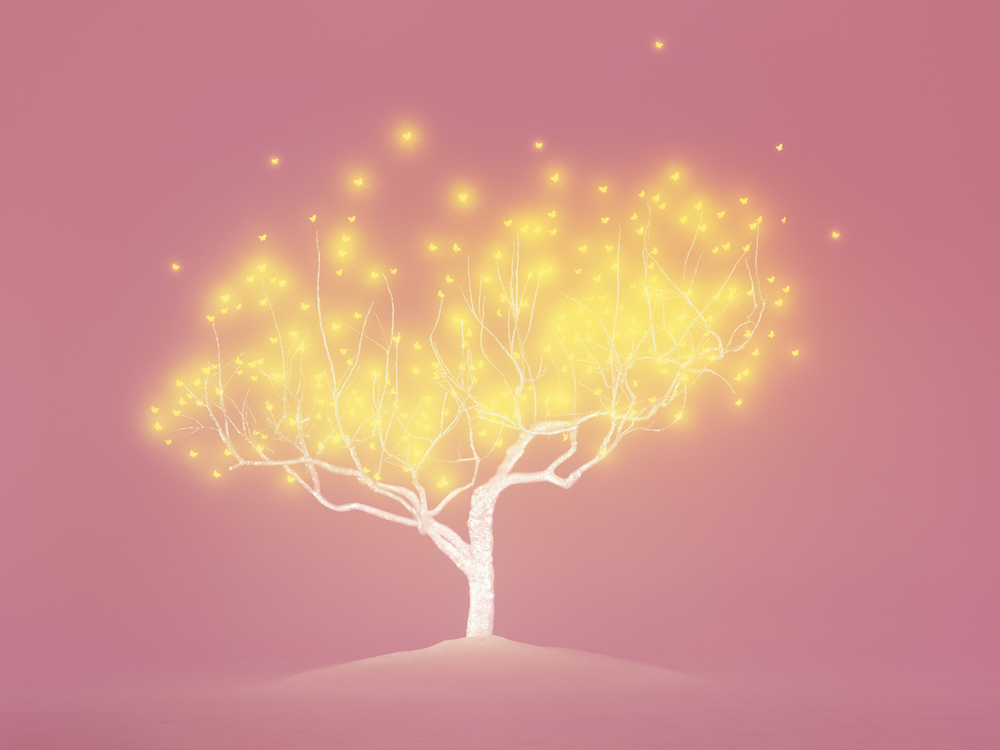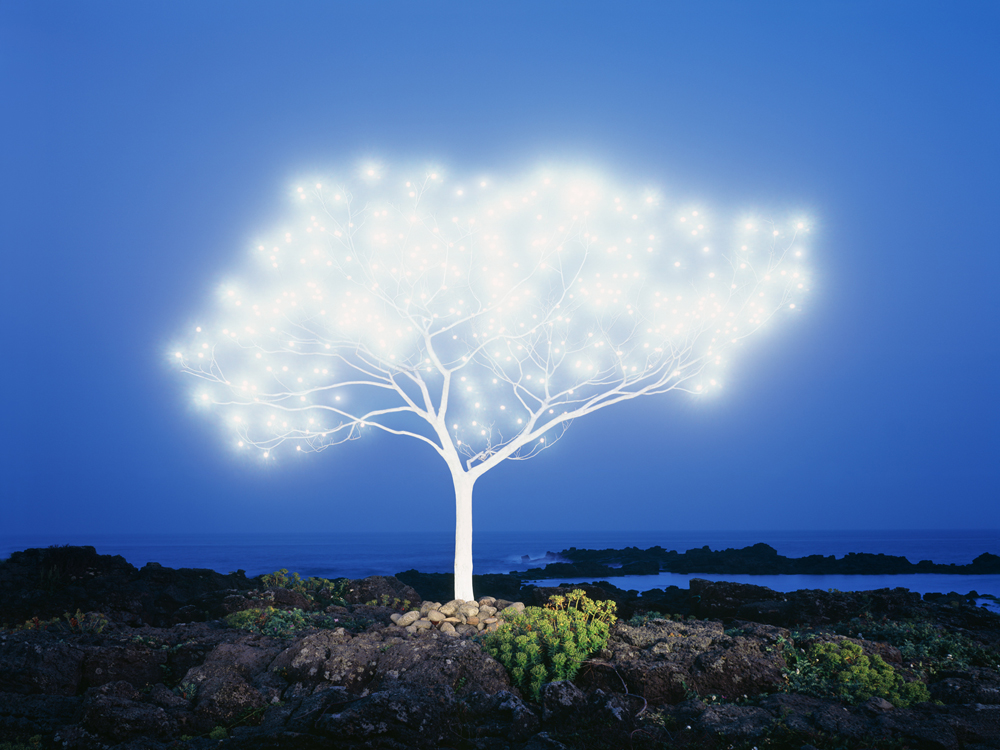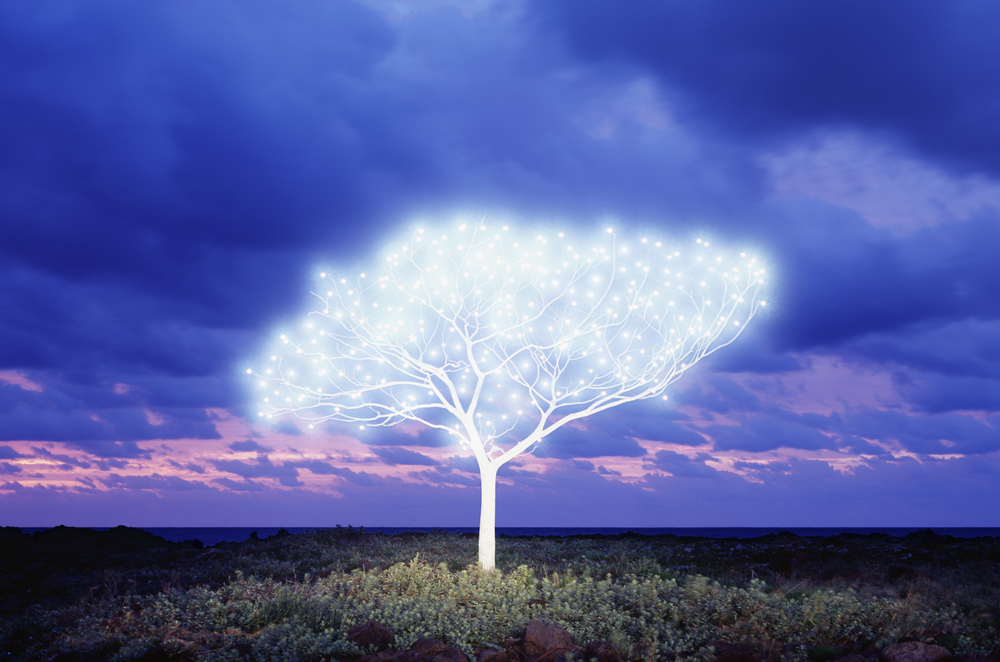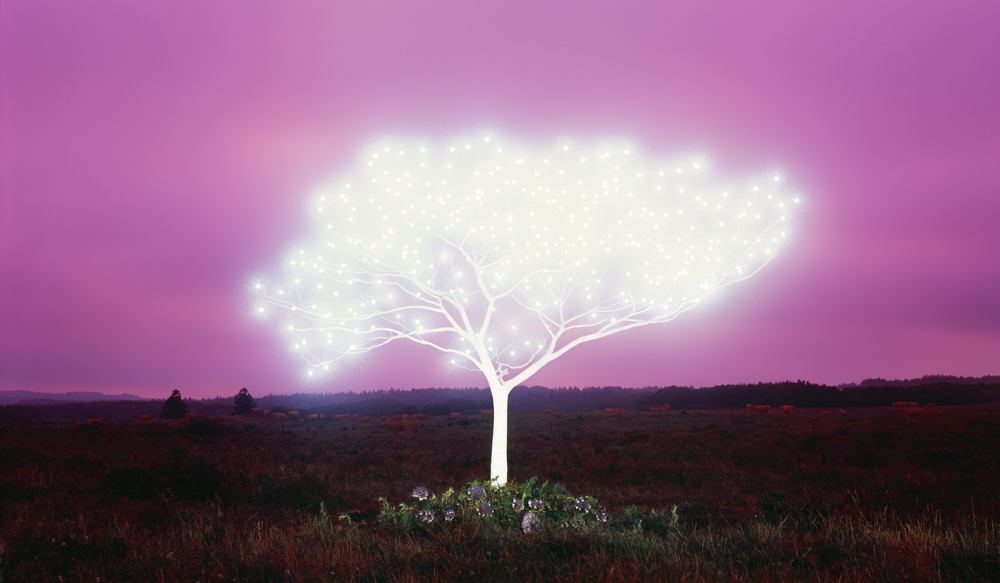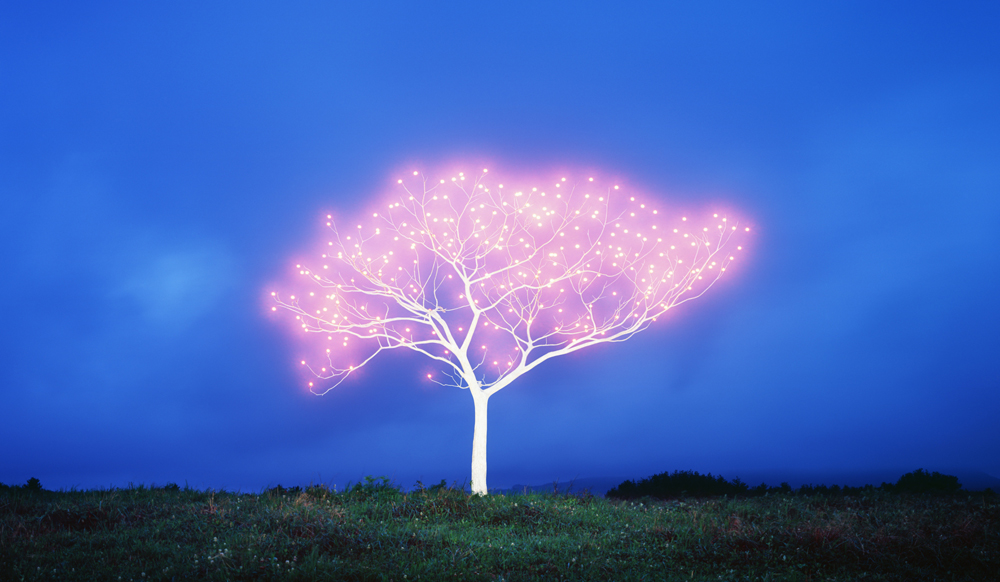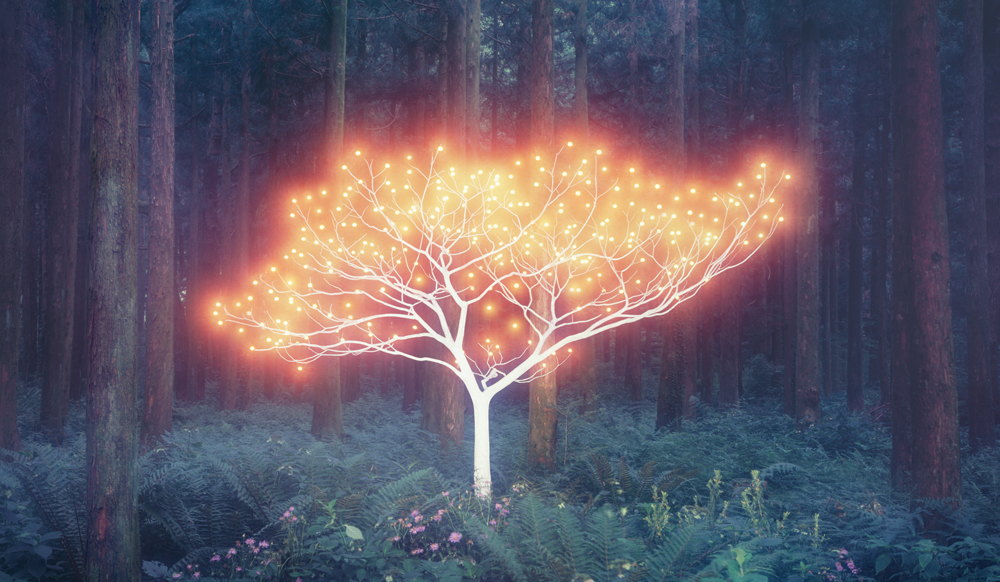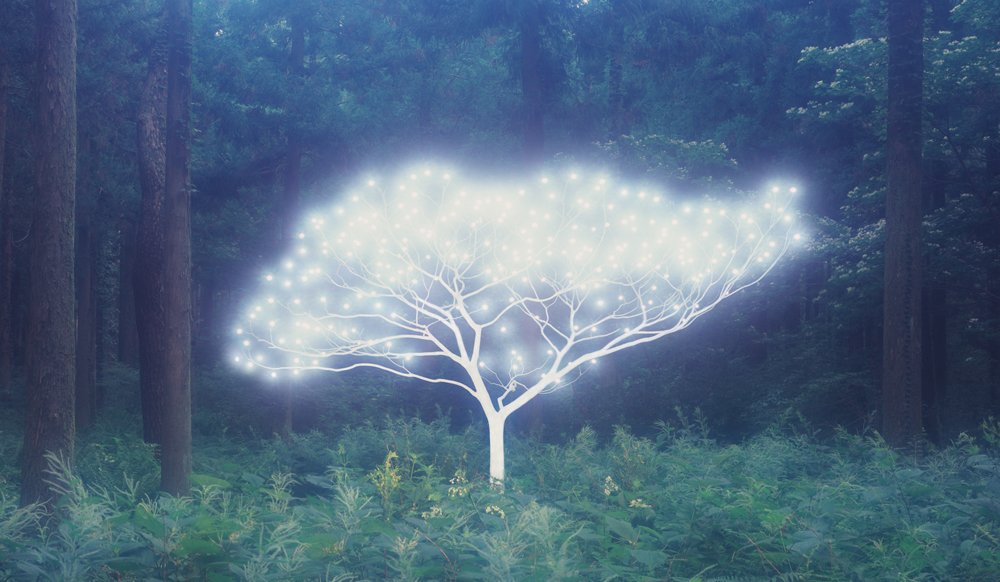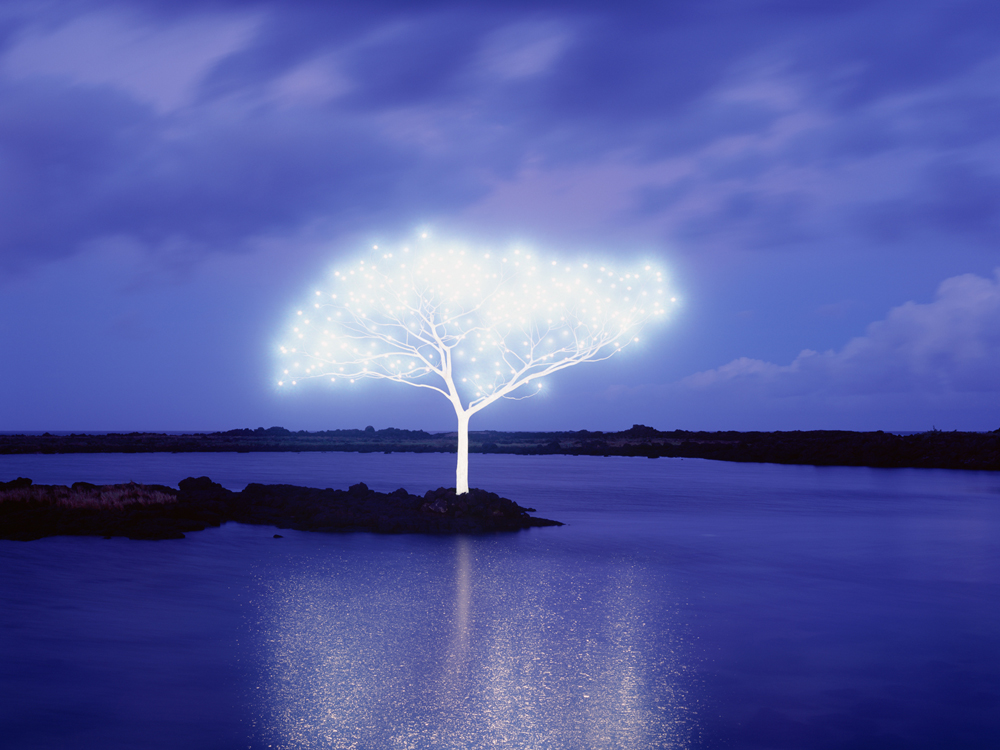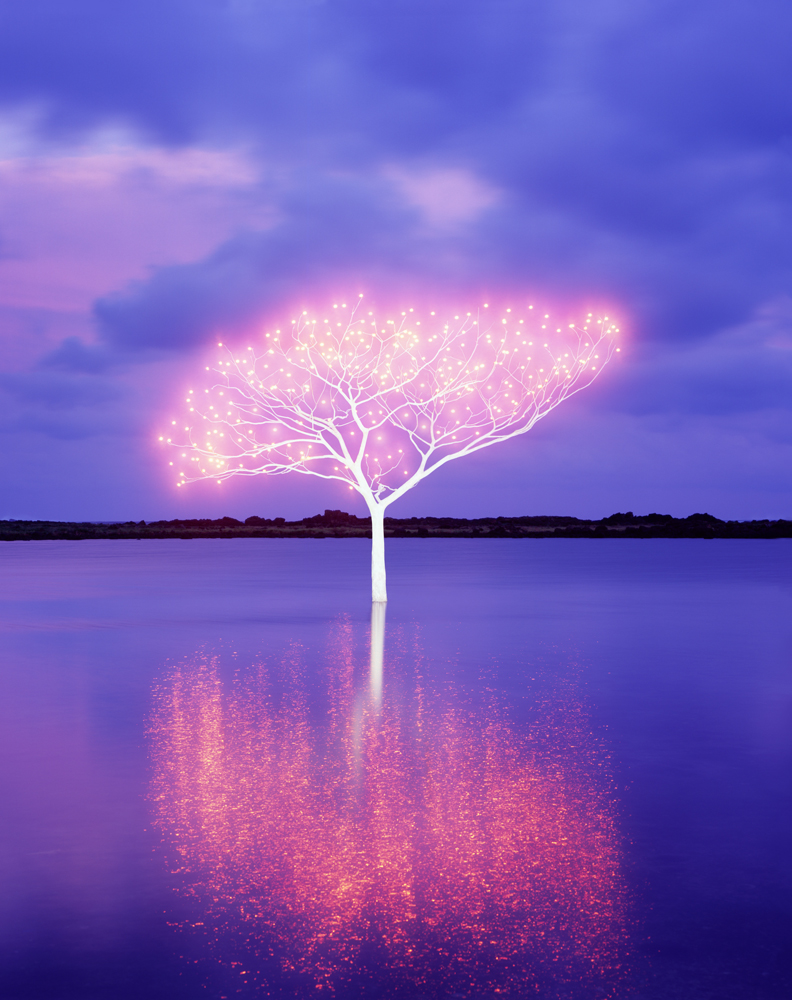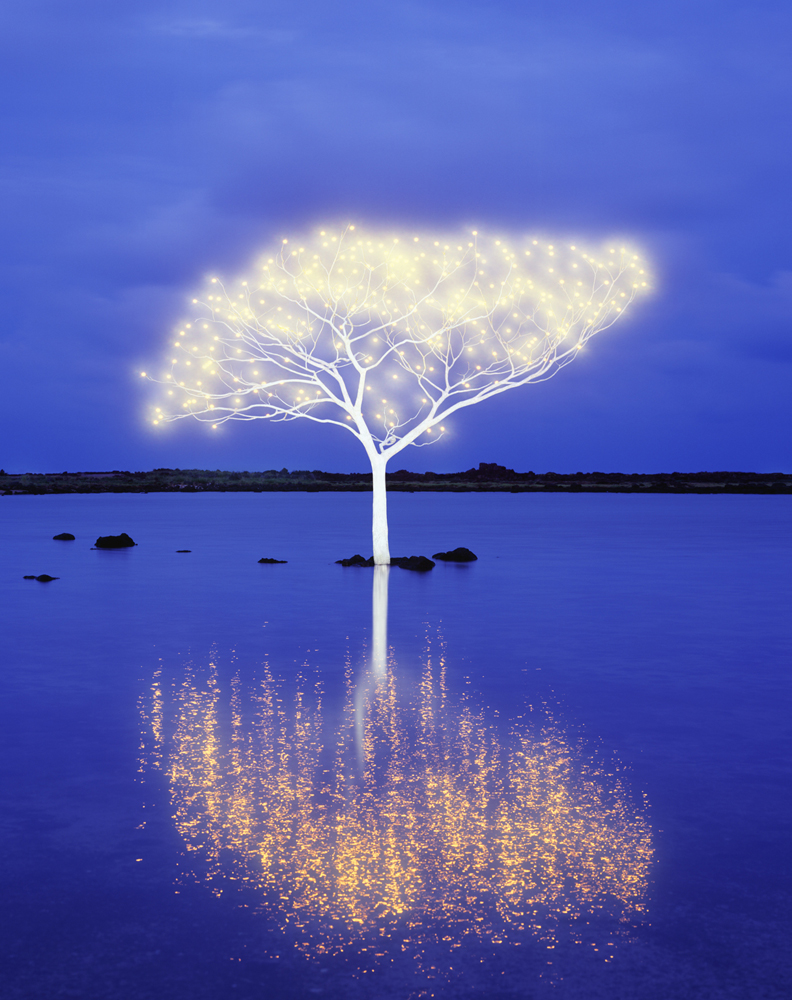Korea Week: Jeong Lok Lee
Jeong Lok Lee is a photographer born in Gwanju, South Korea in 1971. He graduated with a bachelor’s degree in Fine Arts from Gwangju University and a master’s degree in Photo Design from Hongik University. He also has a master’s degree in Fine Art Photography from Rochester Institute of Technology, New York. He has exhibited internationally including solo and group exhibitions and has received various awards and residencies.
Nabi
With light, I have been painting something that exists despite its invisible nature; places that correspond to the visible world, places beyond our sensual cognition, profoundly mysterious places that nevertheless cannot be separated from our world of cognition. Painting with light is the body, mind, and the soul harmoniously following the rhythm; it was an act of delivering positive energy felt by the body, rather than creating something from nothing.
There is a space in which reason dissipates. That is a special place which is outside of the fence of concepts. The place is outside and inside of myself at the same time; when I reach that place, I do not merely depend on my sight, but I exploit all of my senses. When all senses are unlocked, a new world is opened. While creating this peace, I summarized lights in various symbolic forms into nabi, the butterfly. The butterfly, symbolizing a being moving from this world to the other, a spirit, was used to signify a gate and a messenger linking the two worlds. Nabi, the title of my work, also means prophet in Hebrew. The sphere that sometimes appears stems from the original form and order of the universe. I expressed the spirit inside the form, not the form itself, in the form of nabi, the butterfly.
Tree of Life
The Tree of Life series began in the winter of 2006. It was a freezing winter with bitter winds. I saw a glimpse of green at the tip of a bare branch. “Did I really see it then?” Whatever it might have been that I saw, a seed of life must have been embedded inside that dry branch devoid of vitality, like all the trees that have to endure the long, barren winter. Although not clearly visible, it is without doubt that this vitality exists. This is not the only invisible thing that exists in this world! This was a kind of awakening. Awareness of something that exists in spite of its invisibility.
Invisible yet they exist, interacting with the visible world. They correspond to each other. I wanted to express this in my work. I struggled to find a way to express the vitality dormant in a dry branch. Going through a series of experiments, I began to use light. Light was the most appropriate medium to express the vitality that I discerned. Moreover, the sublimity of light is a universal archetype of mankind like the numinousness of trees. My work began from here.
I needed to handle three different lights – natural light, flashlight and searchlight – for this series of work. In addition to trees, other props were required and many different kinds of films were needed for changing light and atmosphere of each day. It was impossible to control random outdoor situations that I had to face daily. It was not uncommon that outdoor sets that were built for several months would be destroyed by worsening weather conditions.
The second Tree of Life series was made in an indoor studio. After having gone through a tiresome three-month test period inside the studio, valid data began to be accumulated. It took more than four years to learn how to control the light in Tree of Life.
A tree of life’s light does not illuminate the world or the outside of the tree. Instead, it reveals the interior space, the aura of existence. For this reason, I wanted that light to be subtle, not so spectacular. As experiments continued, the work process for the Tree of Life series has become stabilized. As the background was transferred from a natural setting to a stage, it became more dramatic with the aura of the tree of life further intensified.
As I learned to manipulate variations of light to some degree, I wanted to see what kind of effects would be created when a tree of life meets nature full of vitality. Searching for a site that cherishes the deep echoes of nature, I arrived at Jeju Island. I was awestruck standing in front of Jeju’s unique and alien nature that is extremely vibrant, almost fearsome. It took two months before I was able to set up my camera in front of this primordial nature that exceeds any interpretation. I found a tree that resembles Jeju Island and worked at seashores, farms, or forests imbued with special inspirations. Although my long indoor experience enabled me to handle flashlight skillfully, outdoor photography was still a huge challenge. At least a week’s work was required just to obtain basic data from a site. Jeju’s windy and capricious weather was never predictable and films needed to be sent back by air for development.
A tree of life that has emerged in the world again is a gate that connects the visible and invisible worlds or the chasm between them. Light stands for the communion between the visible and invisible worlds. The tree of life symbolizes the interaction between these two different worlds as it is. Our industrialized contemporary society is laden with various stimulations that make us oblivious of life’s fundamental source. I wanted to create a site where the vitality of nature and the substantial world embedded in us meet. Beyond a mere communication with nature, I hope we will be reminded of the waves from the invisible world that have been always influencing our life and history.
Posts on Lenscratch may not be reproduced without the permission of the Lenscratch staff and the photographer.
Recommended
-
Salua Ares: Absense as FormNovember 29th, 2025
-
Ricardo Miguel Hernández: When the memory turns to dust and Beyond PainNovember 28th, 2025
-
Pamela Landau Connolly: Columbus DriveNovember 26th, 2025
-
KELIY ANDERSON-STALEY: Wilderness No longer at the Edge of ThingsNovember 19th, 2025
-
Jackie Mulder: Thought TrailsNovember 18th, 2025

